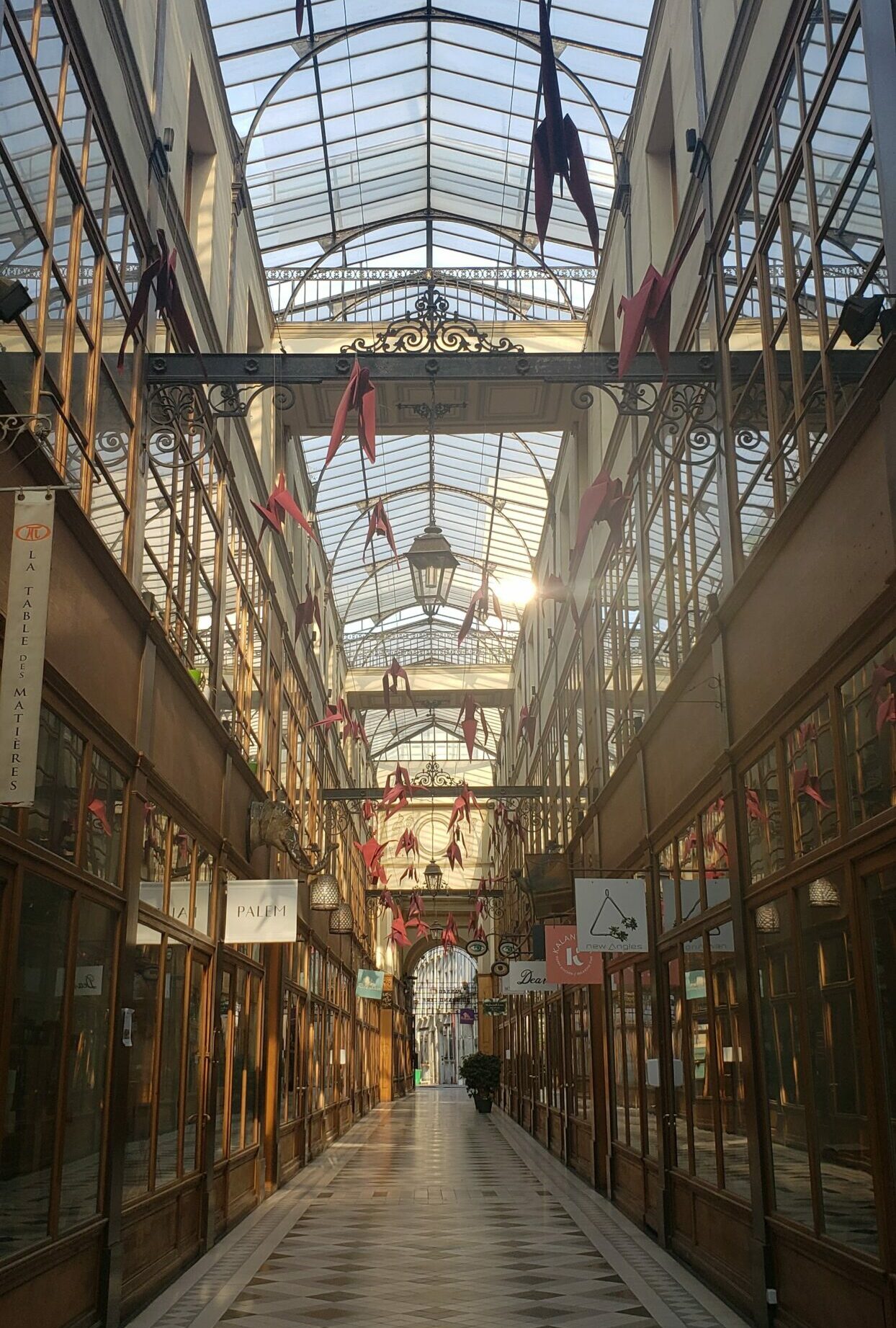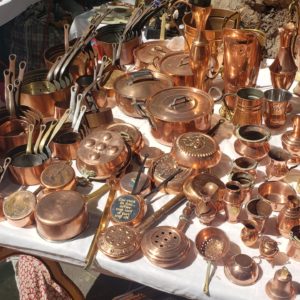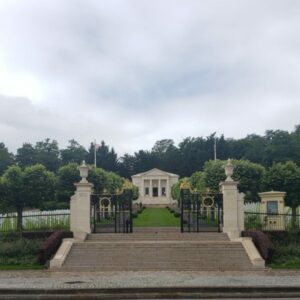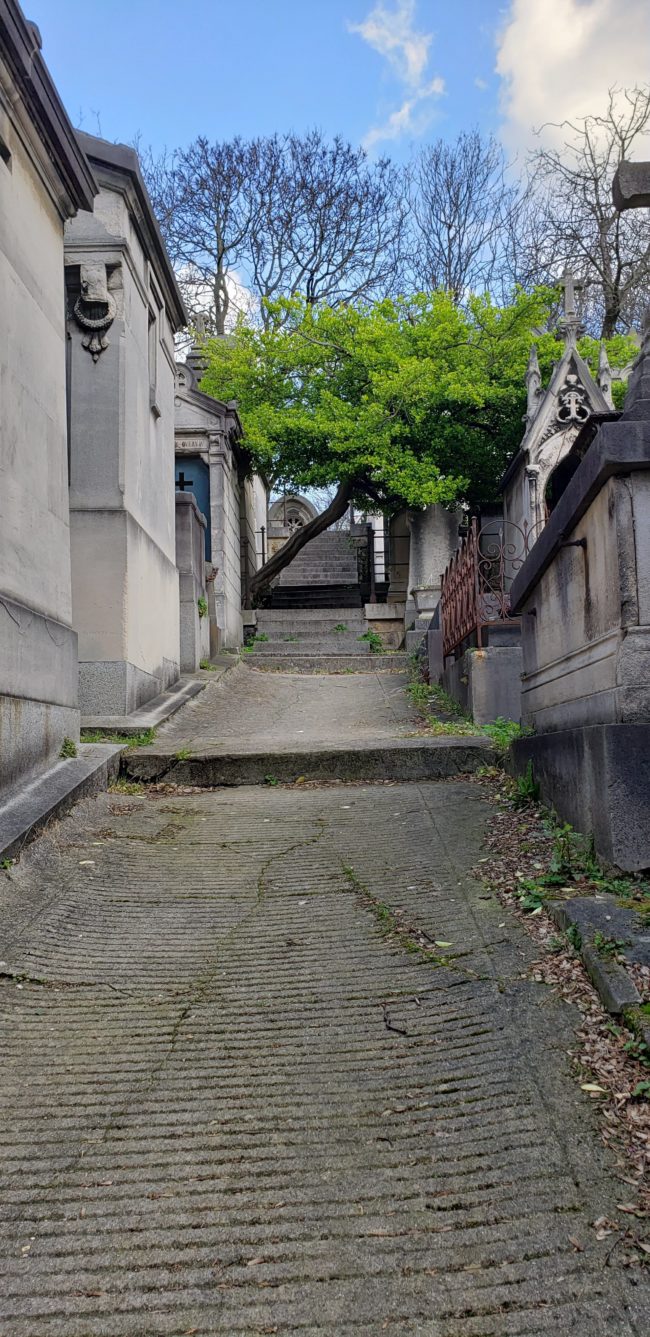The Covered Passageways of Paris
The covered passageways of Paris first turned up at the beginning of the 19th century, but you could say the idea has been around since the late 1700s. The original shopping centers, so to speak, started popping up for the high society of Paris. These covered passageways are typically nestled perpendicular between two streets, mainly on the right bank, and lined with shops and restaurants. At one point, there were over 180 different covered passageways, but when Haussmann started renovating the city at the end of the 19th century, most of them were destroyed. Today, there are around 25 that are left in tact, whether open to the public or now privately used.
Anatomy of a Covered Passageway

Covered passageways have a few characteristics that are pretty tell-tale:
- Glass ceilings which allowed light to naturally illuminate the passageways during the day.
- Tiled floors that lined the covered passageways because they were created for the wealthier class could do their shopping and socializing away from the grit and grime of the city. This allowed them to stay clean and dry. There was typically a shoe cleaner at the entrance to the passageway.
- Lighting the passageways was originally done with gas-lit lamps that were used at dusk to light the passageways and eventually were replaced by electric lighting.
- Shops and restaurants lined the street-level with ornate and decorated facades while apartments and other private spaces were on the other floors.
- The passageways typically linked two streets perpendicular, with an entrance at each the marked the passageway.
10 best Covered Passageways to Visit
- Passage des Panoramas – The Passage des Panoramas is a historic covered walkway in Paris, renowned for its charming ambiance and array of quaint shops and eateries. Dating back to the early 19th century, it retains its old-world allure with glass ceilings, elegant facades, and a delightful mix of boutiques and bistros.
- Passage du Grand Cerf – The Passage du Grand Cerf is a striking covered arcade in Paris, celebrated for its stunning glass roof and vintage charm. This 19th-century passage is home to eclectic boutiques and artisan workshops, offering a unique shopping experience in a beautifully preserved setting.
- Passage Choiseul – Passage Choiseul is a historic covered arcade located in the 2nd arrondissement of Paris, known for its elegant architecture and unique shops. This 19th-century passage offers a delightful blend of boutiques, bookstores, and cafes.
- Galerie Véro-Dodat – Galerie Véro-Dodat is a stunning covered passage in Paris, famous for its neoclassical architecture and artistic atmosphere. This beautifully preserved 19th-century arcade features elegant shops and cafes, creating a refined and picturesque setting for visitors to explore.
- Passage du Caire – The Passage du Caire is a historic covered arcade located in the 2nd arrondissement of Paris, notable for its Egyptian-inspired design and bustling atmosphere. This early 19th-century passage is lined with shops selling a variety of goods.
- Passage des Princes – The Passage des Princes is a charming covered arcade nestled in the heart of Paris, renowned for its ornate glass roof and delightful array of toy stores. Dating back to the 19th century, this passage exudes a nostalgic ambiance, inviting visitors to wander through its enchanting corridors and indulge in a whimsical shopping experience.
- Galerie Vivienne – Galerie Vivienne is a beautifully preserved covered arcade in Paris, distinguished by its elegant architecture and upscale boutiques. Dating back to the 19th century, this passage is adorned with ornate details, glass ceilings, and mosaic floors.
- Passage Jouffroy – Passage Jouffroy is a charming covered walkway in Paris, famous for its historic allure and unique shops. This 19th-century passage features a beautiful glass ceiling and houses a variety of boutiques, including bookstores and antique shops.
- Passage Verdeau – Passage Verdeau is a picturesque covered arcade located in the 9th arrondissement of Paris, known for its vintage charm and antique shops. This 19th-century passage boasts a glass roof and ornate architecture, offering a nostalgic ambiance and a treasure trove of collectibles for visitors to discover.
- Passage Brady – Passage Brady is a vibrant covered passage in Paris, celebrated for its diverse array of Indian and Pakistani restaurants and shops. This bustling passage, dating back to the 19th century, is a popular destination for those seeking authentic South Asian cuisine and a lively atmosphere in the heart of the city.
Whether you’re looking for something to fill your schedule, escape during a rainy day, or get lost in Parisian culture and history, these passageways allow you to discover and explore a unique perspective of the city.


You May Also Like

Understanding second-hand markets in France
19 June 2022
Suresnes American Cemetery
4 July 2022